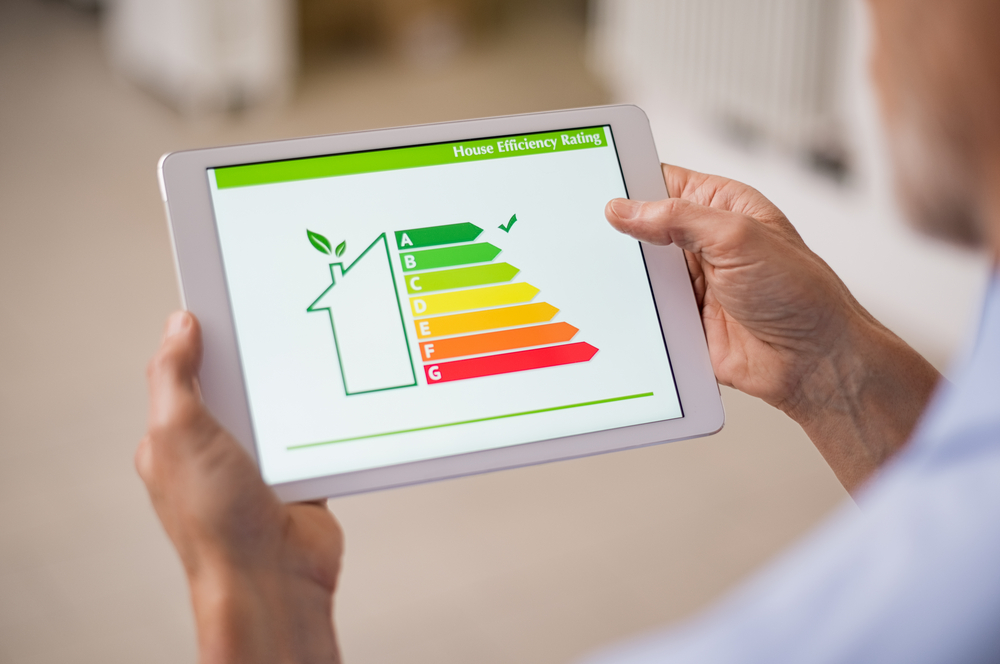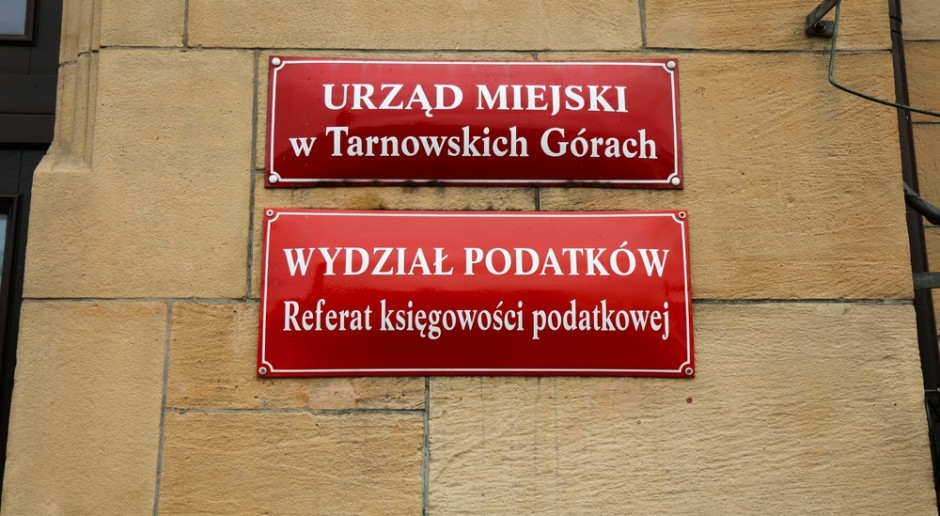New labels and home inspections. Owner responsibilities to change in 2026

- The monthly method used so far will be replaced by the more precise hourly method. This method will be mandatory for most non-residential buildings, but for residential buildings, both methods will be acceptable.
- An energy classification is to be introduced, i.e. a new system of energy labelling for buildings (similar to that used for household appliances) from class A+ to G, which will take the form of a graphic label.
- For buildings with current documents, it will not be necessary to prepare them again due to the change in methodology - unless in the meantime changes have occurred in these buildings that affect their energy performance.
An energy performance certificate (EPC) is a document containing an assessment of the potential energy efficiency of a building or apartment, showing the annual energy demand necessary for heating, cooling, ventilation, hot water and lighting.
From April 28, 2023, the requirement to have a CEI applies to every purchased and rented property . As Dziennik Gazeta Prawna points out, it is an important taxonomic criterion in the area of climate change mitigation, and is also increasingly appearing in banks' requirements for real estate financing.
Updated EU regulations and new regulation. Hourly instead of monthly methodIn 2026, however, the certification methodology, based on the requirements of the European Energy Performance Directive (EPBD), will change to more comprehensive and precise calculations of energy demand and the introduction of energy efficiency classes for buildings. The regulation containing these changes is scheduled to enter into force in the middle of next year.
The monthly method used so far will be replaced by the more precise hourly method .
It will be mandatory for most non-residential buildings - including warehouses, office buildings, hospitals and commercial facilities, while in the case of residential buildings, the use of both methods will be permitted.
Energy classification. "It will increase the clarity of results and facilitate property comparisons."The new regulation is to introduce an energy classification, i.e. a new system of energy labelling for buildings (similar to that used for household appliances) from class A+ to G, which will take the form of a graphic label.

"This solution will increase the clarity of results and facilitate property comparisons. It's worth noting that the results obtained according to the current methodology cannot be converted to new energy classes – a new certificate compliant with current guidelines will be required," notes Dominika Bryła, decarbonization & ESG manager at JWA, to the Dziennik Gazeta Prawna portal.
Better data control and verification. Modernization recommendations.The next change concerns data control and verification, requiring inspections to be conducted both on-site and remotely, which will help reduce irregularities. All input data will be required to be entered into the Central Register of Energy Performance of Buildings.
Additionally, each ECH will be required to include modernization recommendations and an environmental impact assessment of the building. This will allow investors and owners to better plan energy efficiency measures.
Optional renovation passport. Current certificates do not need to be reissued.As part of the option, it will be possible to obtain a renovation passport, containing a detailed plan of actions to improve the building's energy efficiency . This will enable planning for achieving a higher energy class and obtaining specific modernization recommendations.
It is important that for buildings with current documents, it will not be necessary to develop them again due to a change in methodology - unless in the meantime changes have occurred in these buildings that affect their energy performance.





